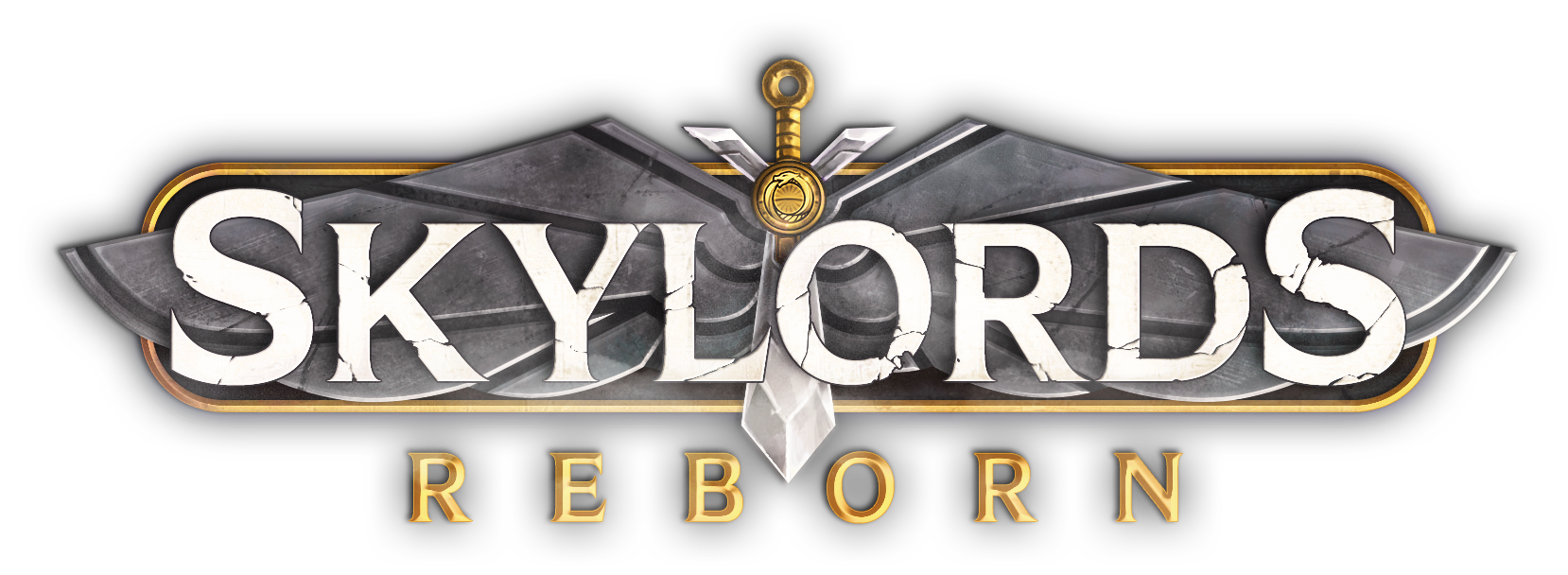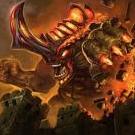-
Posts
15 -
Joined
-
Last visited
Nephilim's Achievements

Fighter (2/34)
40
Reputation
Single Status Update
-
people that joined this forum 2 weeks ago are complaining about the release and i am here since june the 17th 2015 and i never shed a tear.
- Show previous comments 4 more
-
.thumb.jpg.17c32a9274afe09c73fbc9f3a3bd63b7.jpg)
-
Welding is a fabrication or sculptural process that joins materials, usually metals or thermoplastics, by causing fusion, which is distinct from lower temperature metal-joining techniques such as brazing and soldering, which do not melt the base metal. In addition to melting the base metal, a filler material is typically added to the joint to form a pool of molten material (the weld pool) that cools to form a joint that is usually stronger than the base material. Pressure may also be used in conjunction with heat, or by itself, to produce a weld. Welding also requires a form of shield to protect the filler metals or melted metals from being contaminated or oxidized.
Although less common, there are also solid state welding processes such as friction welding in which metal does not melt.
Some of the best known welding methods include:
- Oxy-fuel welding – also known as oxyacetylene welding or oxy welding, uses fuel gases and oxygen to weld and cut metals.
- Shielded metal arc welding (SMAW) – also known as "stick welding" or "electric welding", uses an electrode that is coated in flux to protect the weld puddle. The electrode holder holds the electrode as it slowly melts away. Slagprotects the weld puddle from atmospheric contamination.
- Gas tungsten arc welding (GTAW) – also known as TIG (tungsten, inert gas), uses a non-consumable tungsten electrode to produce the weld. The weld area is protected from atmospheric contamination by an inert shielding gas such as argon or helium.
- Gas metal arc welding (GMAW) – commonly termed MIG (metal, inert gas), uses a wire feeding gun that feeds wire at an adjustable speed and flows an argon-based shielding gas or a mix of argon and carbon dioxide (CO2) over the weld puddle to protect it from atmospheric contamination.
- Flux-cored arc welding (FCAW) – almost identical to MIG welding except it uses a special tubular wire filled with flux; it can be used with or without shielding gas, depending on the filler.
- Submerged arc welding (SAW) – uses an automatically fed consumable electrode and a blanket of granular fusible flux. The molten weld and the arc zone are protected from atmospheric contamination by being "submerged" under the flux blanket.
- Electroslag welding (ESW) – a highly productive, single pass welding process for thicker materials between 1 inch (25 mm) and 12 inches (300 mm) in a vertical or close to vertical position.
- Electric resistance welding (ERW) – a welding process that produces coalescence of laying surfaces where heat to form the weld is generated by the electrical resistance of the material. In general, an efficient method, but limited to relatively thin material.
-

@ikke2902 i wouldnt remember myself either, i mean it has been 3 years already, thats crazy how fast time flies away







